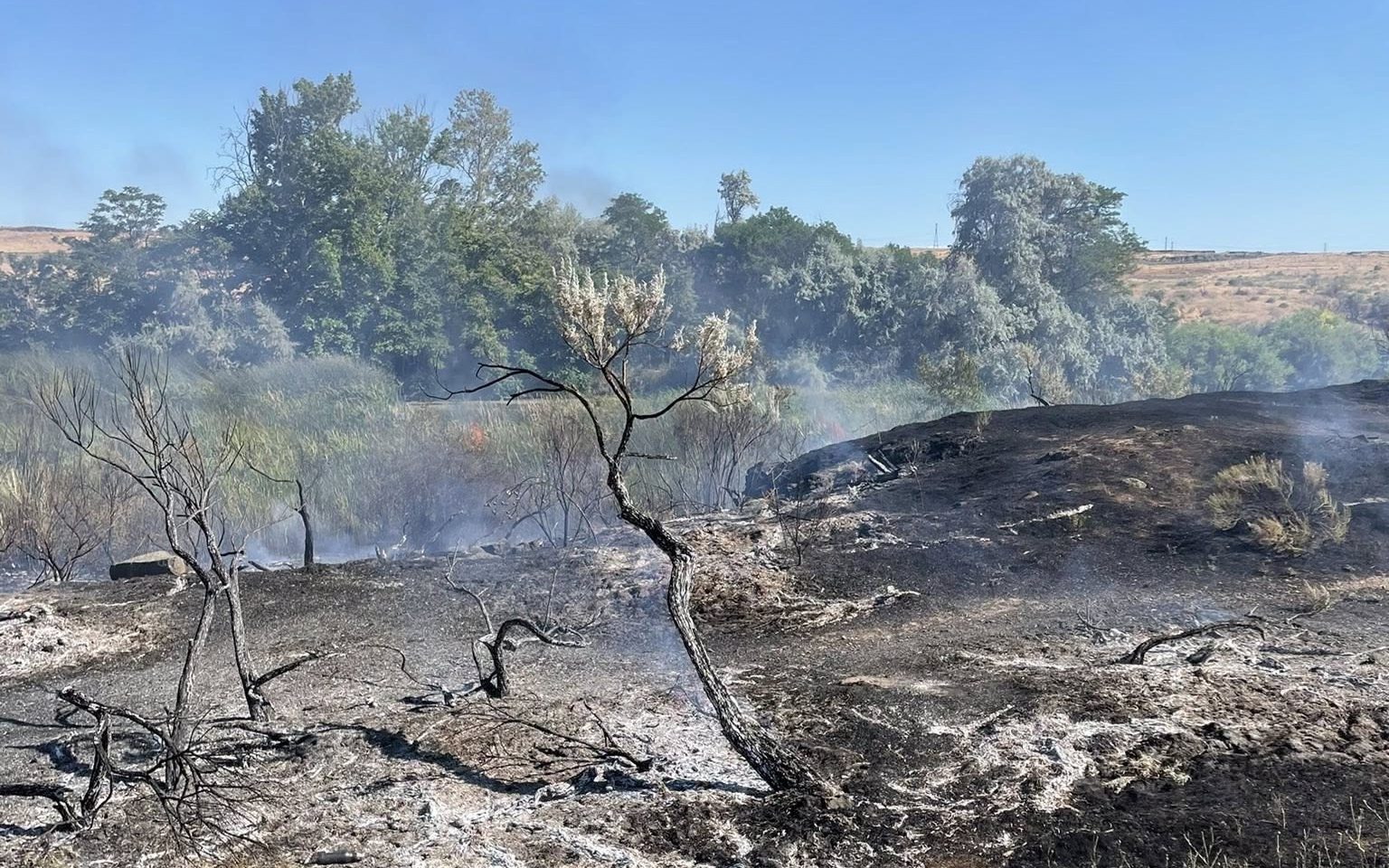Food insecurity fell since 2020, but still higher than pre-pandemic
Published 7:00 am Wednesday, September 15, 2021

- Susan Blachnik, manager at the Creswell Food Pantry, picks up a box to put in a car truck in 2020.
SALEM — Thirty-eight million Americans lived in food-insecure households last year, a 9% increase over the 2019 level of 35 million, according to a report from the USDA.
About 7.5% of U.S. households with children — 3 million families — didn’t always have enough adequate, nutritious food for their kids last year. That’s up 6.5% compared to 2019, the agency found.
“Food insecurity” is measured as not having enough food over a seven-day period.
Prior to last week’s report, COVID-19’s impact on food insecurity had been measured only anecdotally and in smaller samples. This is the first complete federal data available formally documenting the full extent of hunger and food hardship.
“While hunger was already a massive, systemic problem in all 50 states before COVID-19 hit the U.S., domestic hunger surged during the pandemic,” said Joel Berg, CEO of Hunger Free America, a nonprofit that tracks and addresses hunger in the U.S.
In the midst of the crisis, USDA’s domestic food aid spending also reached a historic high of $122.1 billion in 2020 — a spending rate of $232,305 per minute. Aid programs, funded by relief packages, included the USDA Farmers to Families Food Box Program.
The good news, however, is that food insecurity has trended downward since the peak of the pandemic.
Food insecurity nationwide fell nearly 30% between spring 2020 and spring 2021, according to data from the Urban Institute, a think tank.
The institute, based on its survey, attributed the drop in food insecurity to an improved employment rate, a temporary 15% increase in the maximum benefit for the Supplemental Nutrition Assistance Program, the introduction of new food donation programs, larger unemployment benefits and government relief payouts.
But food insecurity levels are still higher than pre-pandemic levels, studies show. A recent survey by Feeding America, a nonprofit, found that while 2021 hunger levels are lower than 2020’s levels, more than half of food banks reported increasing or steady demand this summer.






